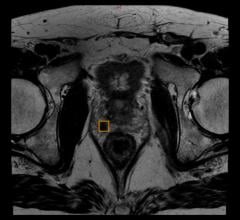June 8, 2007 – According to an Australian study released during the 54th Annual Meeting of the Society of Nuclear Medicine (SNM), an advanced molecular imaging technique has influenced the management of women with ovarian cancer, detected more site of disease and identified women whose disease was likely to progress.
The study shows that positron emission tomography (PET)/computed tomography (CT) imaging is a better test for patients with suspected recurrent ovarian cancer and is the preferred imaging technique.
“PET/CT, using fluorodeoxyglucose (FDG), detected many more sites of disease than were found with routine imaging both within and outside the abdomen,” said Michael J. Fulham, professor and clinical director of Medical Imaging at Sydney South West Area Health Service and head of the Department of PET and Nuclear medicine at Royal Prince Alfred Hospital in Sydney, Australia. “PET/CT influenced treatment decisions in 59 percent of the 90 women and identified those whose disease was more likely to progress within 12 months. Our findings also suggest that there is an opportunity for technology replacement, replacing routine CT of the abdomen and pelvis, with PET/CT with the radiotracer FDG, thus reducing costs and providing better answers for patients and referring doctors.”
Initial treatment is surgery followed by chemotherapy. If the cancer recurs, the treatment options include surgery or radiotherapy, if the disease is localized, and chemotherapy.


 July 02, 2024
July 02, 2024 








